The Grinnell College endowment increased by $916,416,000 in total assets during the 2021 fiscal year from 2020’s fiscal year, returning a total of $3,450,448,000 in assets. This number corresponds to a 47.5 percent increase in the College’s endowment according to Chief Investment Officer Jainen Thayer.
According to Thayer, the Grinnell College Investment Office and investment committee did not have an expected yearly investment return for the 2021 fiscal year, a one- year period ending June 30, 2021 that companies and governments use for financial reporting and budgeting.
This is due to the group’s focus on establishing long-term goals for the College’s investment strategy, rather than yearly ones. However, they do set a goal of meeting the yearly College expenses adjusted to inflation which they estimate to be between seven and nine percent of the endowment.
Thayer said there were no changes to the long-term investment strategy that would account for the large increase in endowments compared to previous years and attributes the success of the strategy to the investment managers responsible for managing the College’s capital.
Thayer explained that the College distributes its endowment into the budget in the long-term and that the yearly investment returns do not play a part in the budget distribution, regardless of how large they may be.
Thayer also said that “the Board remains steadfast in its commitment to serving the College’s mission by providing access to Grinnell’s distinctive education … part of the money is used to meet the College’s mission by providing financial aid to students.”
Some students say they would like the College to allocate parts of the endowment for other specific purposes.
The Board remains stead- fast in its commitment to serving the College’s mission. – Jainen Thayer, Chief Investment Officer
Marisa Goffman `24 said she would like the College to use parts of the endowment in increasing workers’ wages and lowering the cost of tuition.
Ishai Melamede `23 said that he would like the College to allocate money to solving the understaffing problem on campus.
“I know that like a lot of staff departments FM [Facilities Management], you know, ResLife, obviously, the Dining Hall have been extremely short-staffed,” said Melamede. “And so, I think, because those departments are so integral to the student experience, and they’re people who are and the people who work there are valuable members of our community, just as our professors … it would be great for everybody to see that money put in those areas.”
I think maybe just more transparency from the College would be ideal. – Ishai Melamede `23
Melamede also said “I think maybe just more transparency from the College would be ideal.”
He would like to see more clear communication on the College’s part about spending and how large investment returns, like the one from the 2021 fiscal year, translate to student life.
Not all of the endowment can be readily used by the College. Part of the College’s total endowment comes from donors whose donations might be restricted to specific purposes.
When a donor makes a restricted donation, the College cannot simply use that money for any other purpose than investing; and the College may only use the returns from the donations’ investment to satisfy the purpose of the donation.
Currently, the endowment as net assets is approximately 28 percent donor-restricted, totaling $963,342,000. The remainder are board-designated assets.

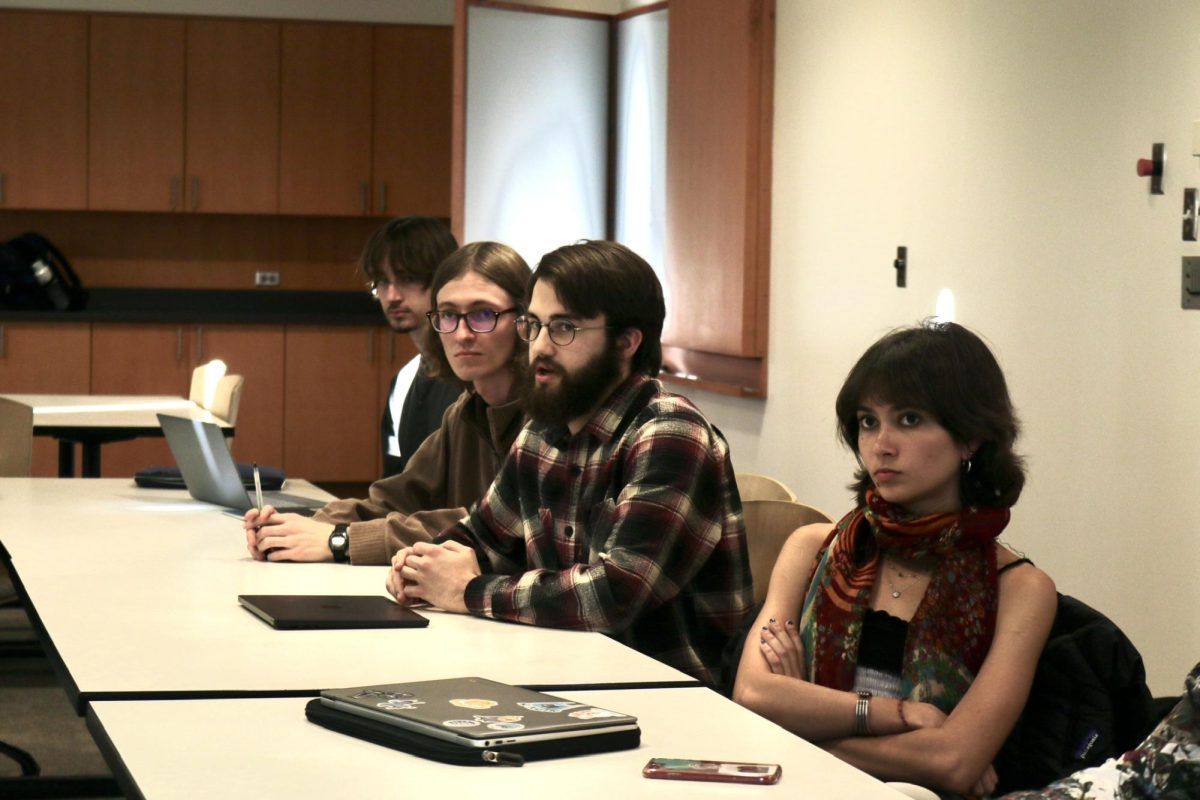


















































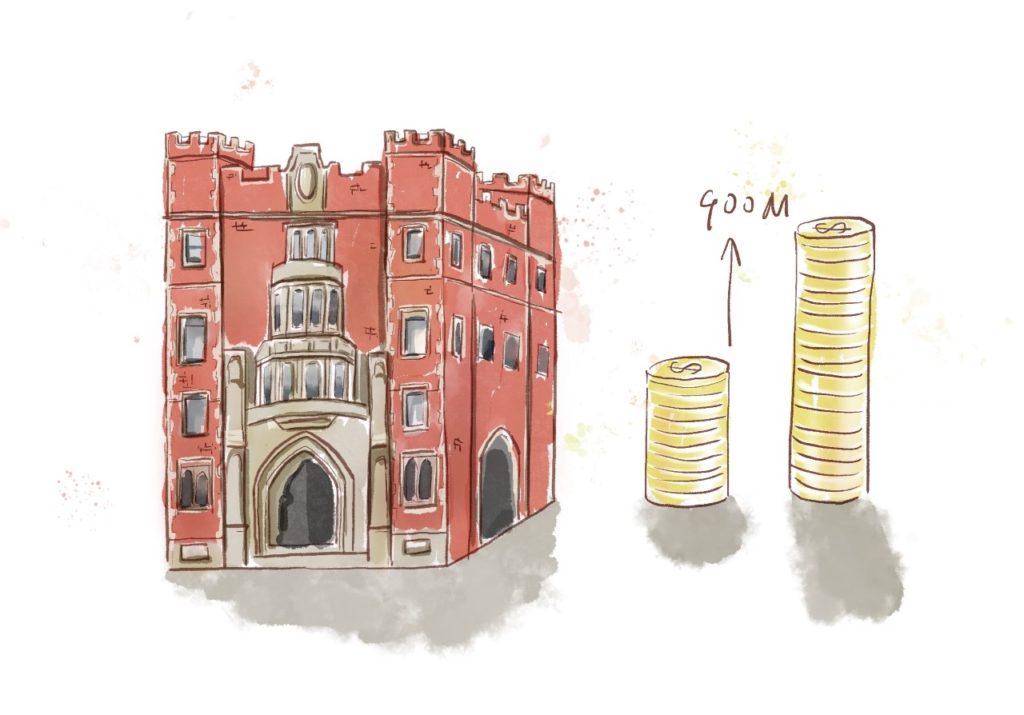












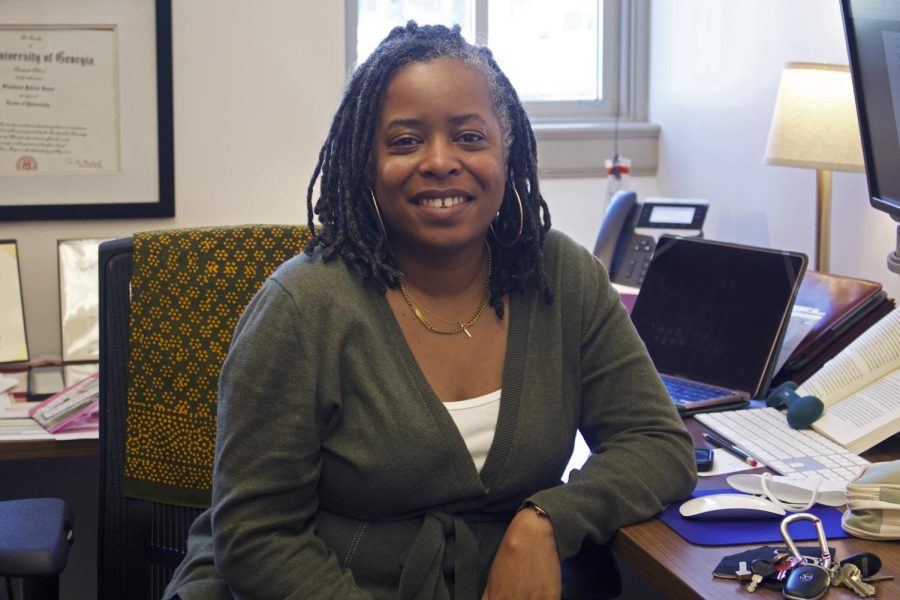
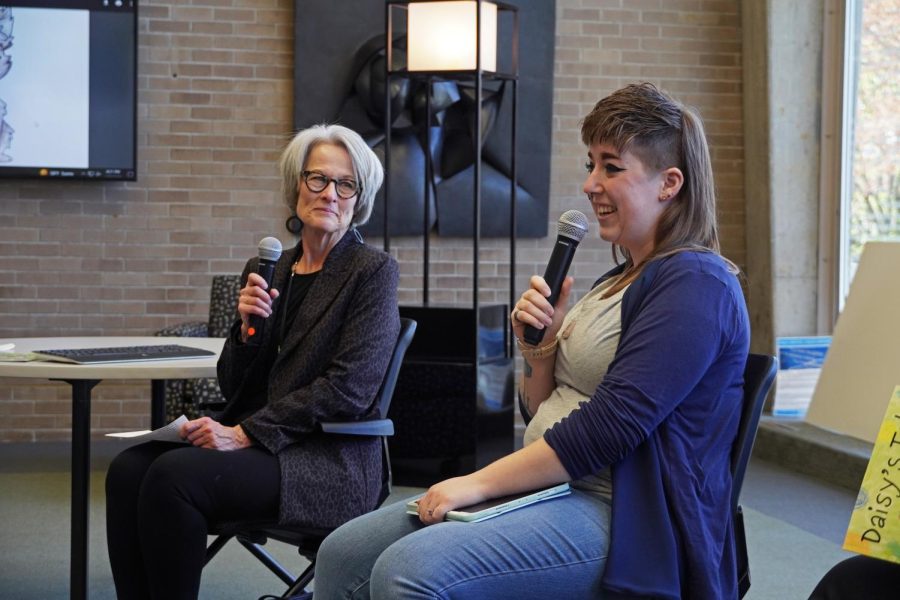


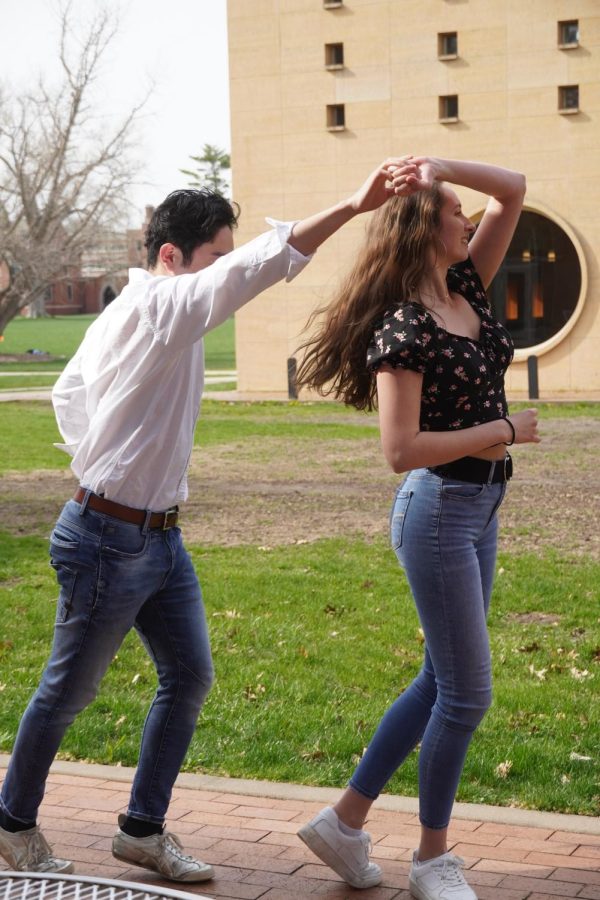
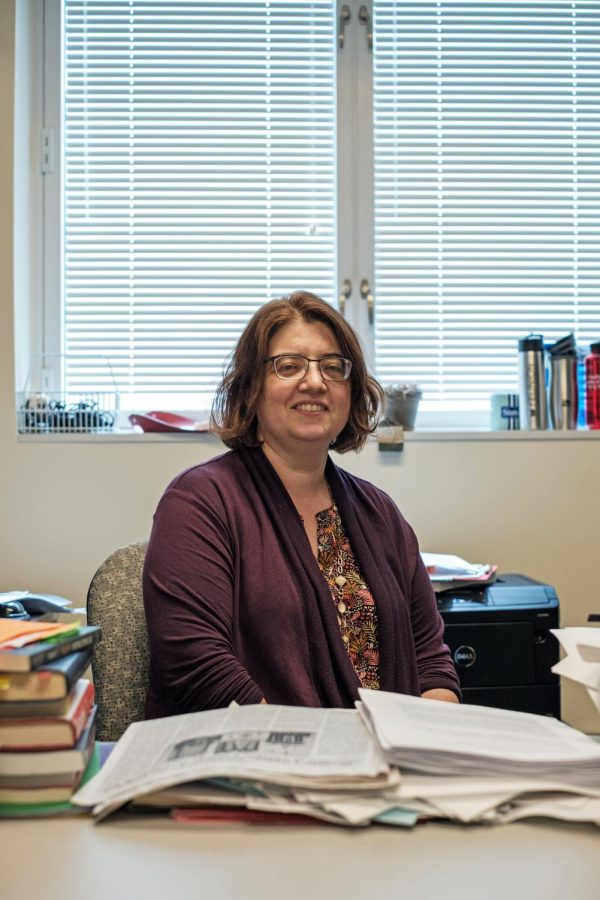

Liberal Arts Greed is still Greed • Mar 15, 2022 at 9:18 am
Time to raise the tuition!